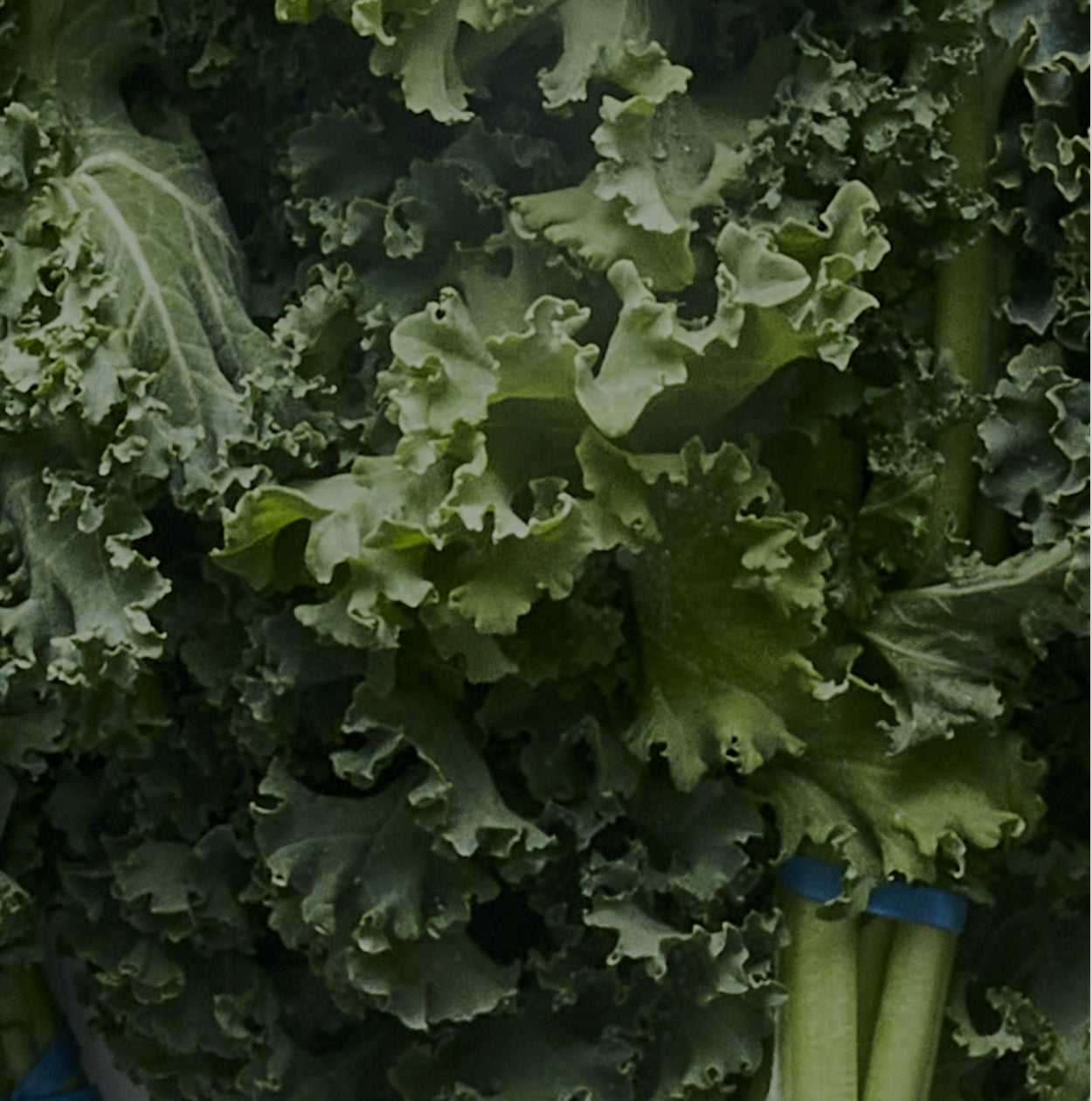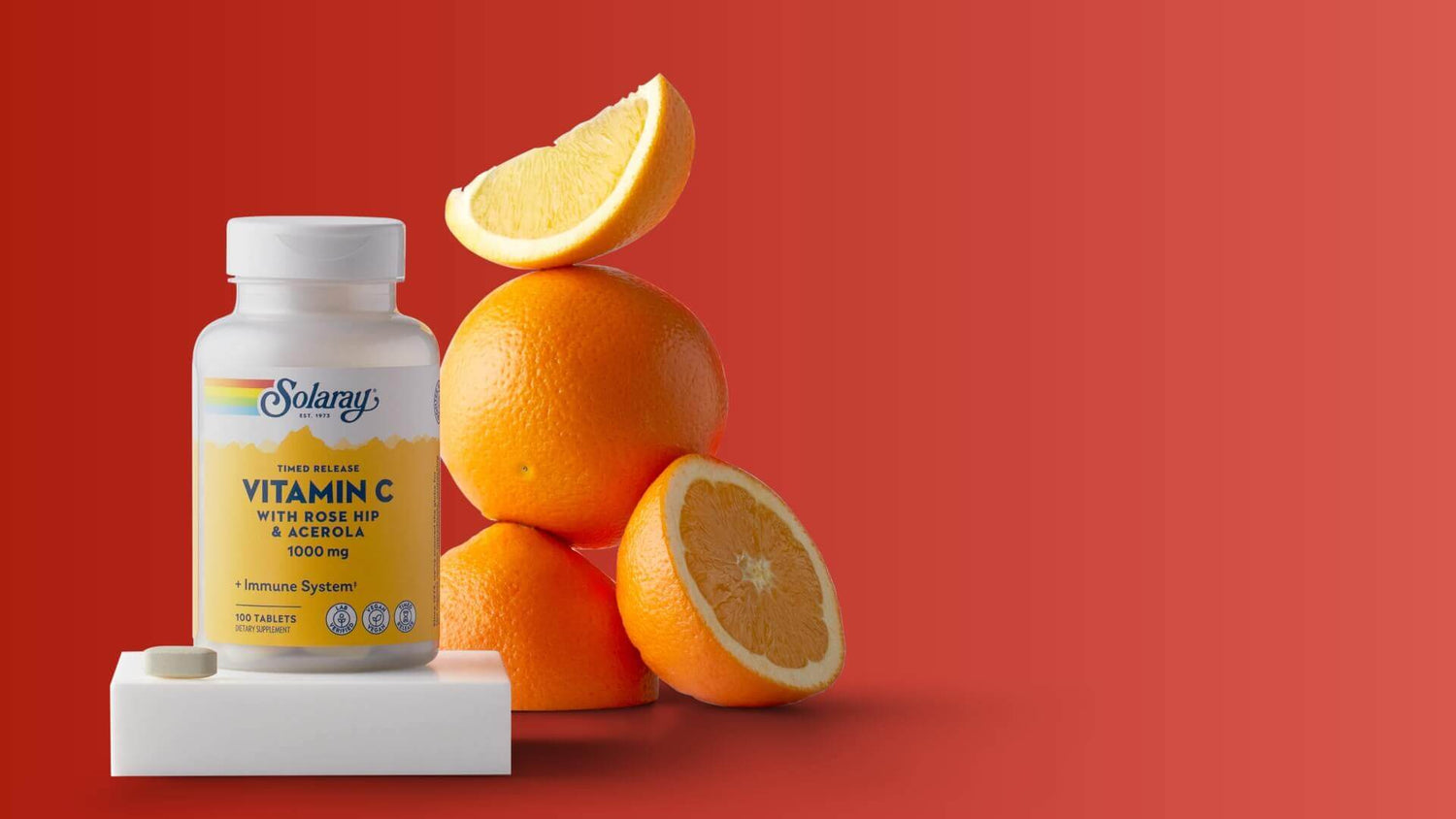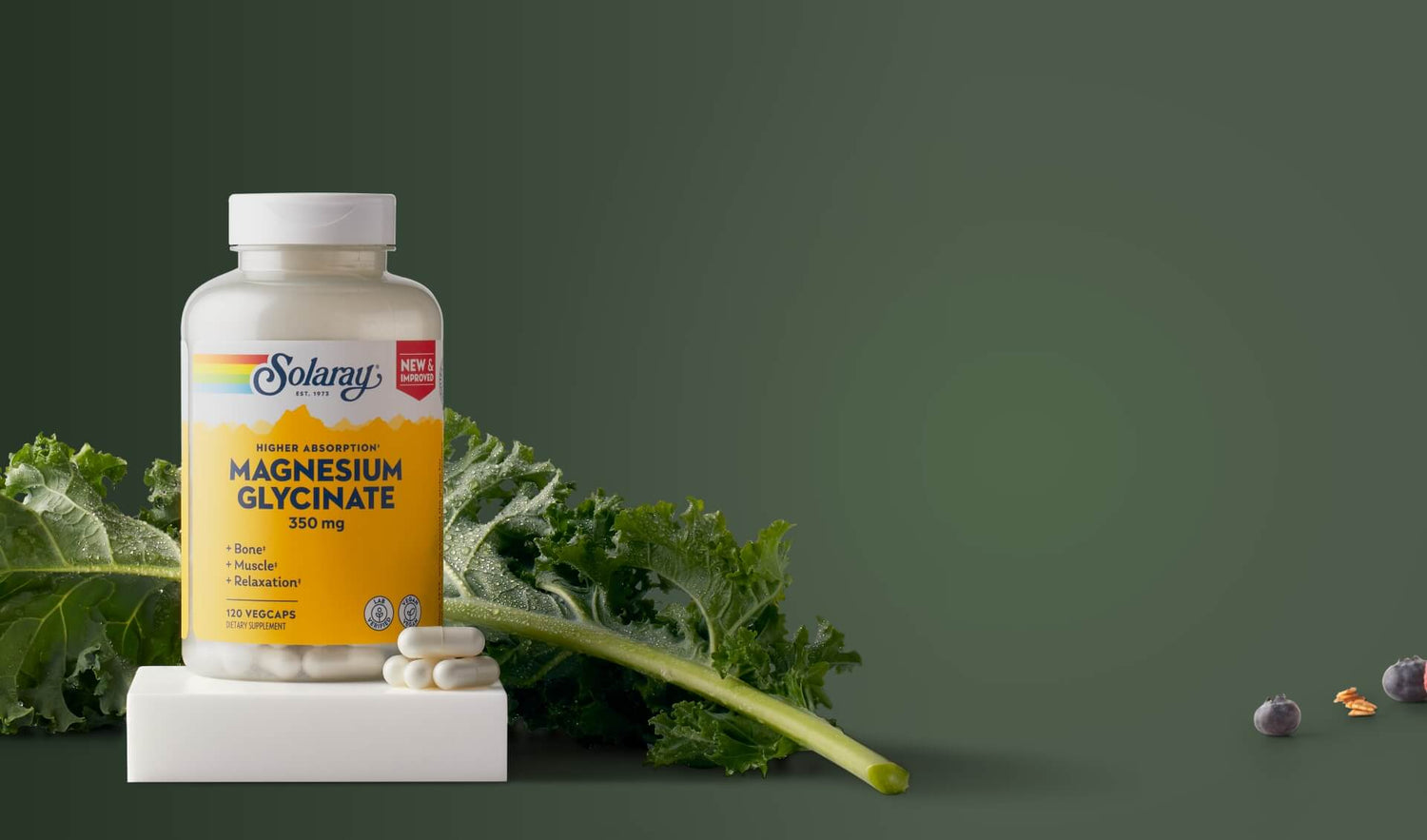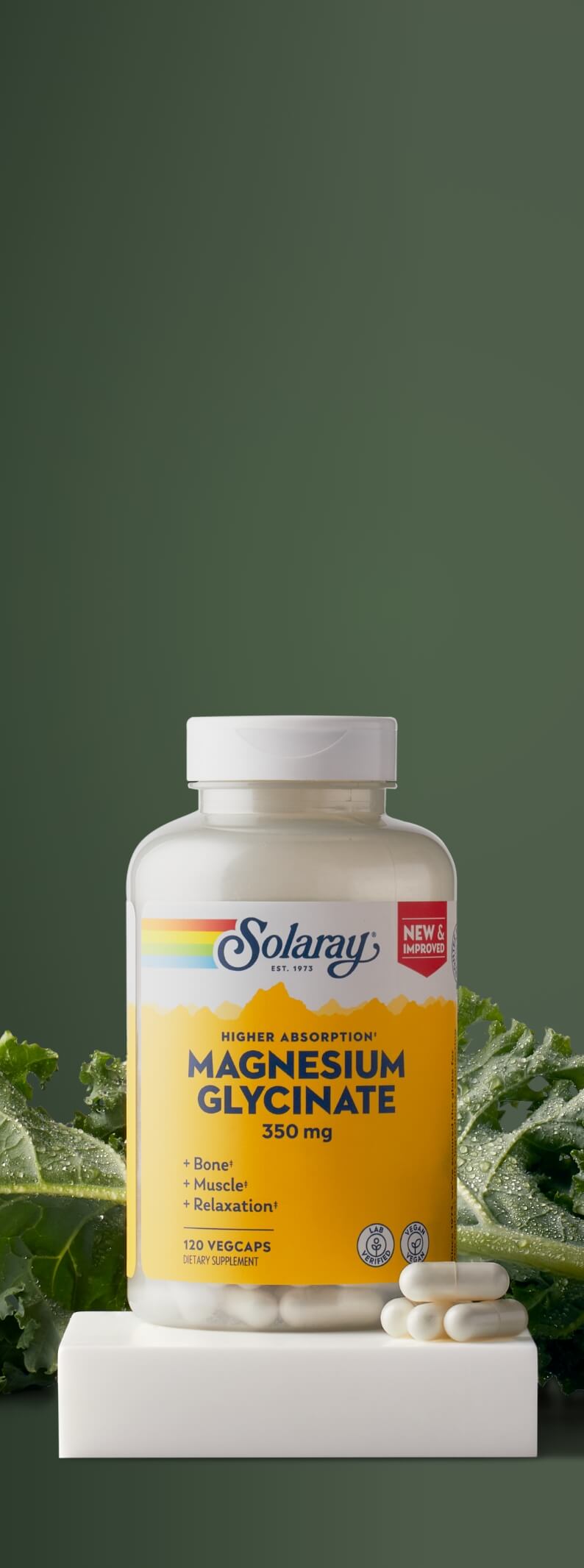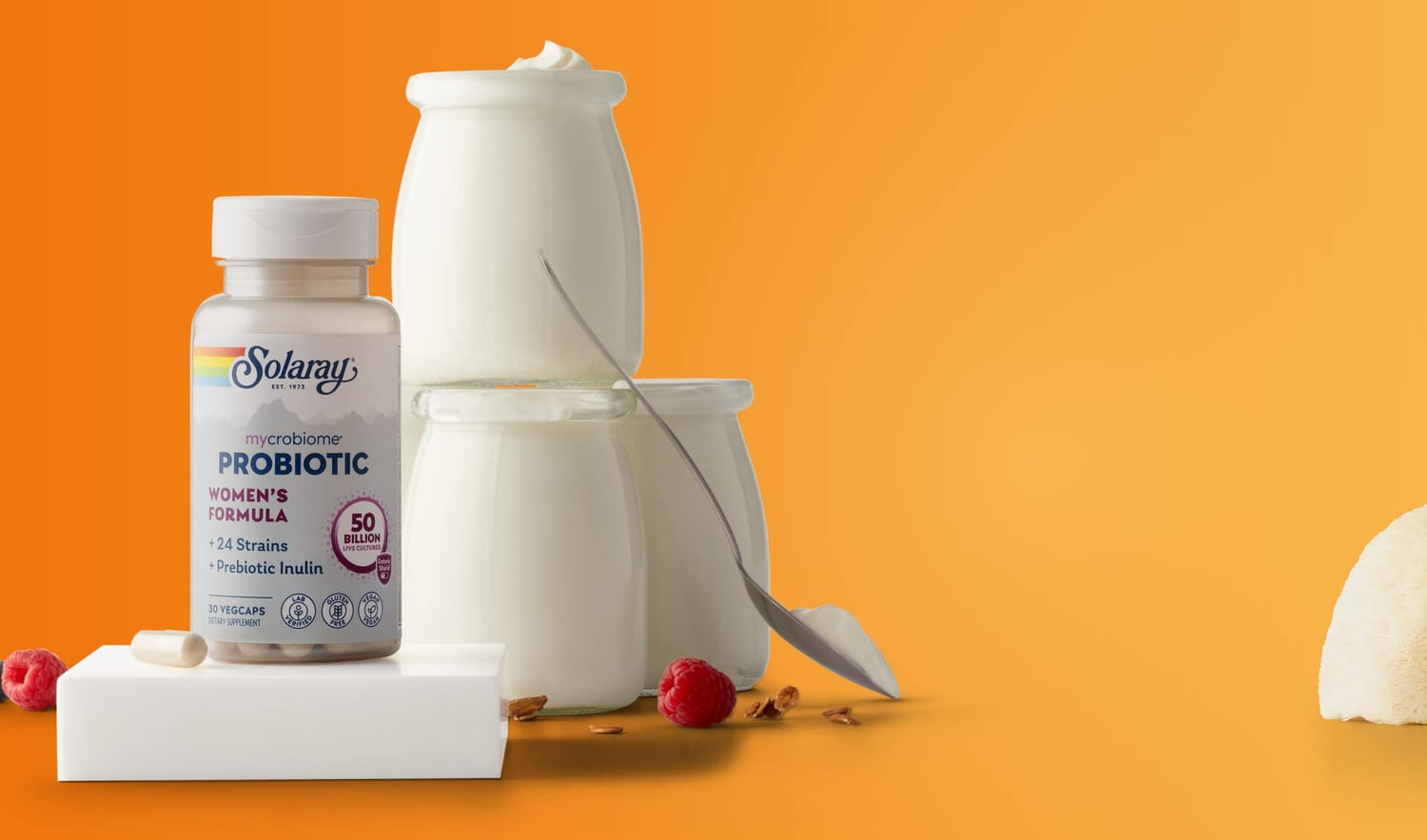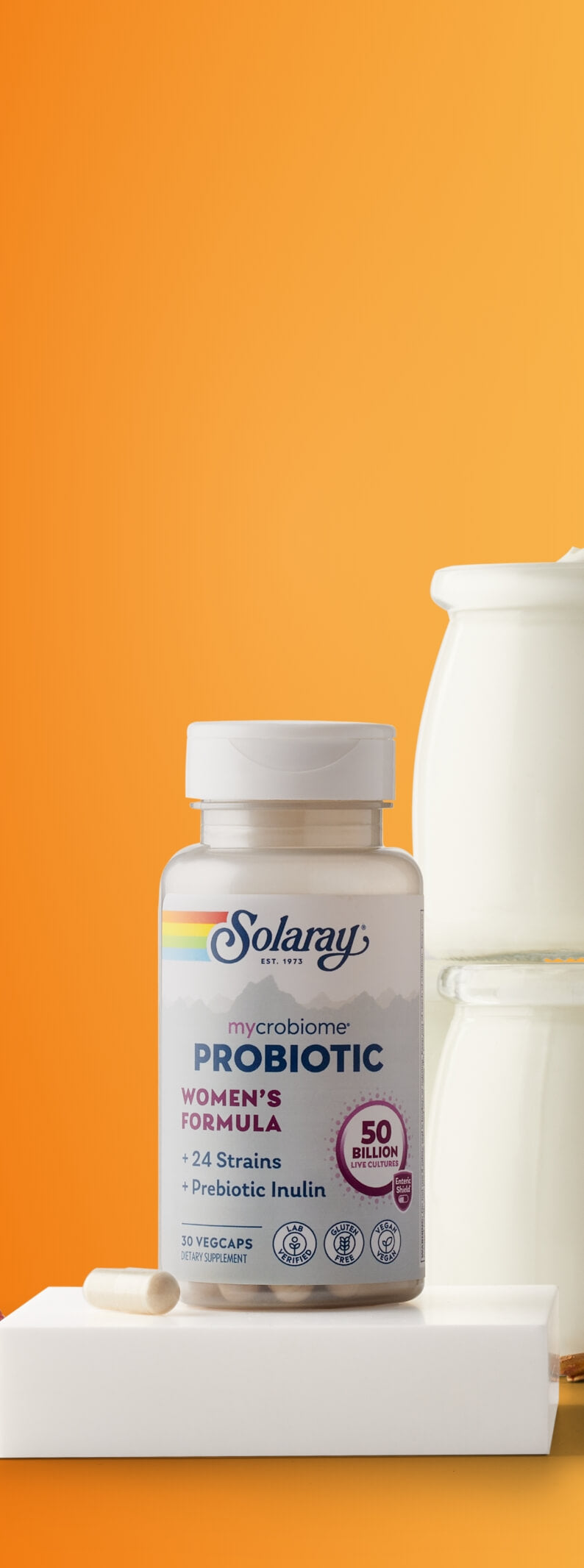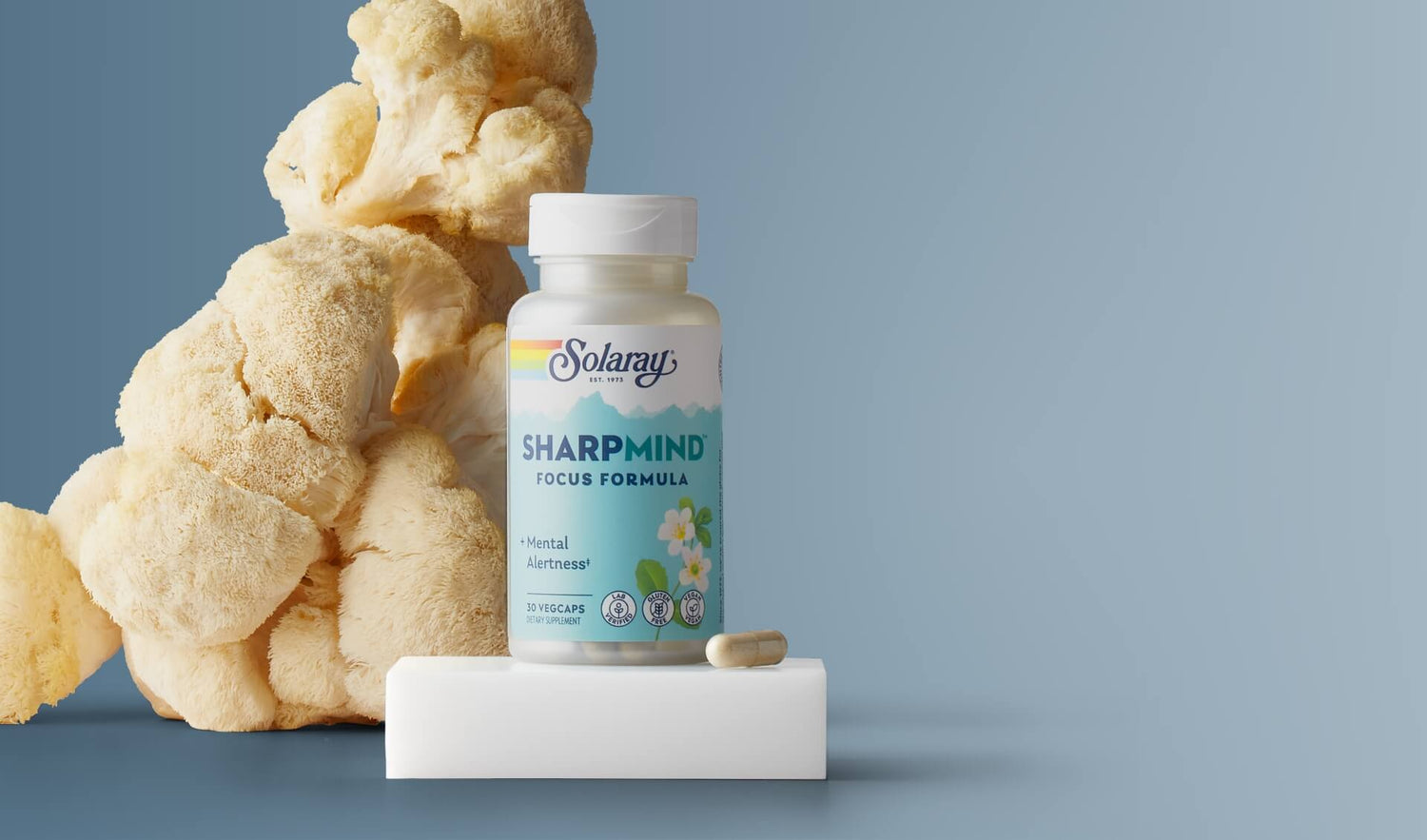Food Is Not Enough.
Think Again.

Why Are We So Deficient?
Soil Degradation: Due to commercial farming practices and rising carbon dioxide levels, many nutrients the body needs have been depleted from soil, and thus from the food we eat.
Food Quality: We’re busier than ever before, so convenient but low-nutrient processed foods and fast food have become standard SAD fare, taking the place of more nutritious options.
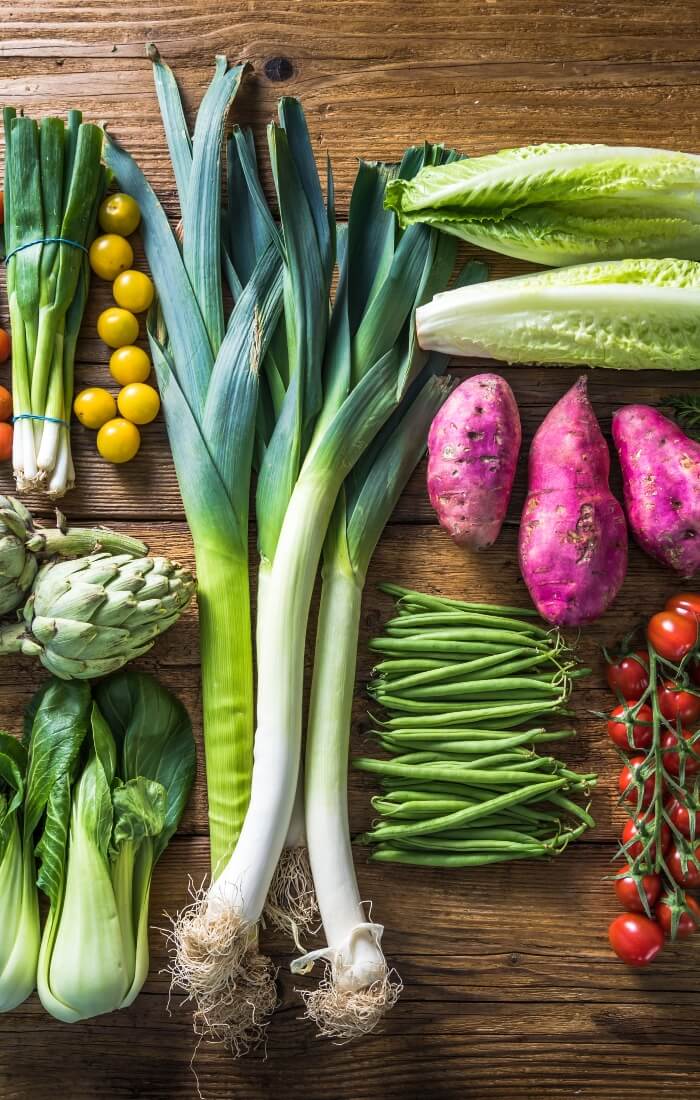
What Can We Do About It?
Pure, Potent Supplements. Smart supplementation, such as with Solaray’s efficacious, lab-verified products, can help reinforce a balanced diet and fill in any nutritional gaps you might be experiencing.
Superior Absorption†: Solaray’s revolutionary Liposomal Multivitamins are intended to help solve the underlying issues of nutrient availability and absorption: using innovative, proprietary technology designed to offer enhanced absorption and superior bioavailability.†
A Brighter Way.

PROUD TO SUPPORT
Direct Relief.
As part of the Food Is Not Enough campaign, Solaray will provide financial and product donations to support Direct Relief, a nonprofit humanitarian organization that provides emergency medical assistance and disaster relief in the United States and internationally to those who need it most.
RESOURCES:
What America’s Missing, A 2011 Report on the Nation’s Nutrient Gap, based on National Health and Nutrition Examination Survey Data.
Donald Davis, Melvin Epp, and Hugh Riordan, “Changes in USDA Food Composition Data for 43 Garden Crops, 1950 to 1999,” Journal of the American College of Nutrition 23, no. 6 (2004): 669-82, https://pubmed.ncbi.nlm.nih.gov/15637215.
Mary Cogswell et al. “Sodium and Potassium Intakes Among US adults: NHANES 2003-2008,” American Journal of Clinical Nutrition 96, no. 3 (2012): 647-57, https://pubmed.ncbi.nlm.nih.gov/22854410. “Micronutrient Inadequacies in the US Population: An Overview,” Oregon State University, https://lpi.oregonstate.edu/mic/micronutrient-inadequacies/overview.
Anne Marie Uwitonze and Mohammed S. Razzaque. “Role of Magnesium in Vitamin D Activation and Function.” The Journal of the American Osteopathic Association 118, no. 3 (2018): 181, https://pubmed.ncbi.nlm.nih.gov/29480918; American Osteopathic Association. “Low Magnesium Levels Make Vitamin D Ineffective: Up to 50 percent of US Population Is Magnesium Deficient,” ScienceDaily, February 2018, www.sciencedaily.com/releases/2018/02/180226122548.htm.
Victor Fulgoni et al. “Foods, Fortificants, and Supplements: Where Do Americans Get Their Nutrients?” Journal of Nutrition 141, no. 10 (2011): 1847-1854, https://www.ncbi.nlm.nih.gov/pmc/articles/PMC3174857.
American Society for Nutrition, “Most People Think Their Diet Is Healthier Than It Is,” exploration of preliminary USDA research, June 14, 2022,https://nutrition.org/most-people-think-their-diet-is-healthier-than-it-is.
“Public Views About Americans’ Eating Habits,” Pew Research Center, December 1, 2016, https://www.pewresearch.org/science/2016/12/01/public-views-about-americans-eating-habits.
Alida Melse-Boonstra, “Bioavailability of Micronutrients From Nutrient-Dense Whole Foods: Zooming in on Dairy, Vegetables, and Fruits,” Frontiers in Nutrition 7 (2020), https://www.frontiersin.org/articles/10.3389/fnut.2020.00101/full.
Sebastian J. Padayatty, MRCP, PhD et al. “Vitamin C Pharmacokinetics: Implications for Oral and
Intravenous Use,” Annals of Internal Medicine 140, no. 7 (2004): 533-528.
“Dirt Poor: Have Fruits and Vegetables Become Less Nutritious?” Scientific American, April 27, 2011, https://www.scientificamerican.com/article/soil-depletion-and-nutrition-loss.
DISCLAIMER:
Always talk with your healthcare practitioner to see if a supplement regimen is right for you. Pregnant or nursing mothers, children under 18, and individuals with a known medical condition should consult a physician before using the products mentioned here or any dietary supplement.
*These statements have not been evaluated by the Food and Drug Administration. These products are not intended to diagnose, treat, cure or prevent any disease.

